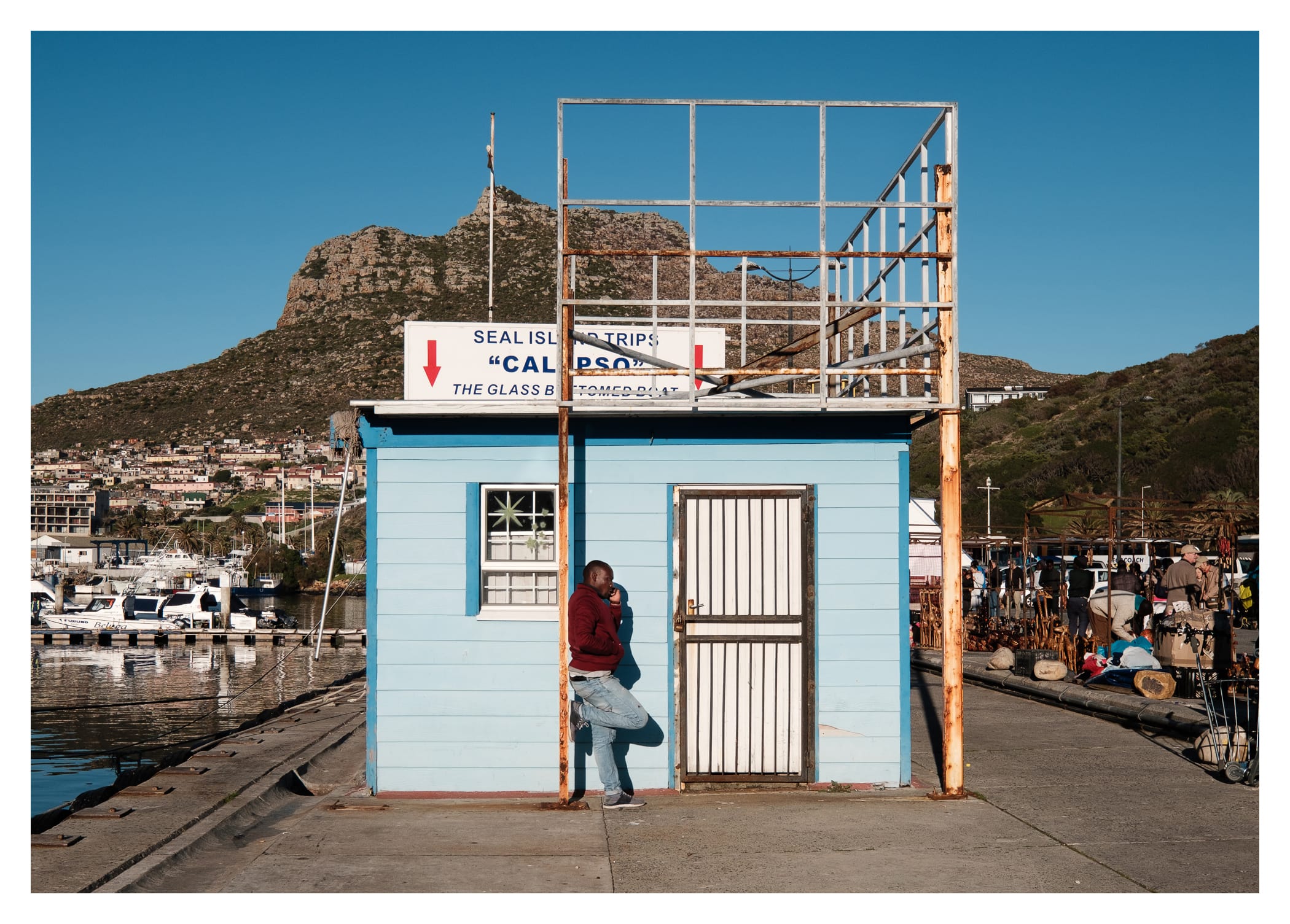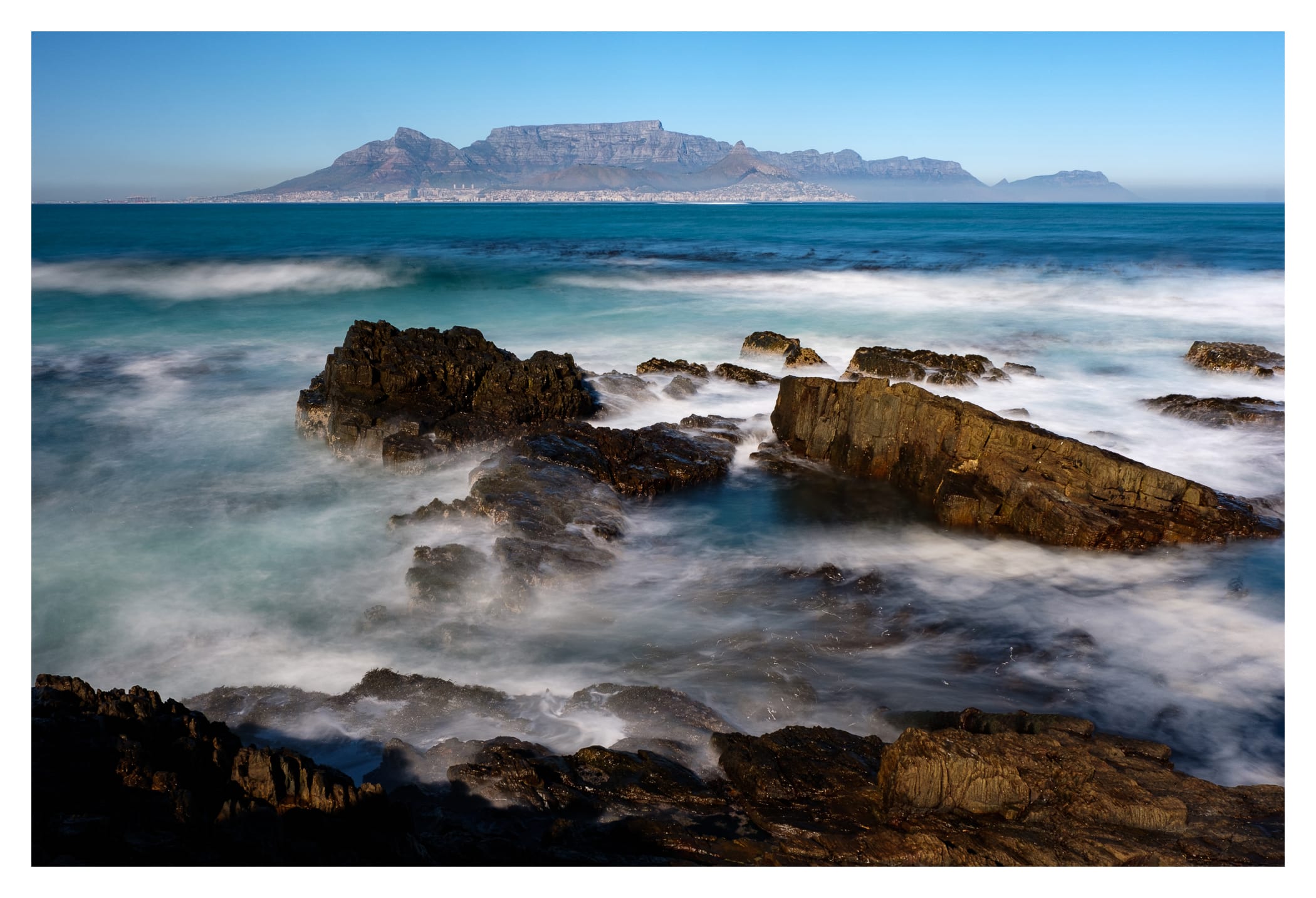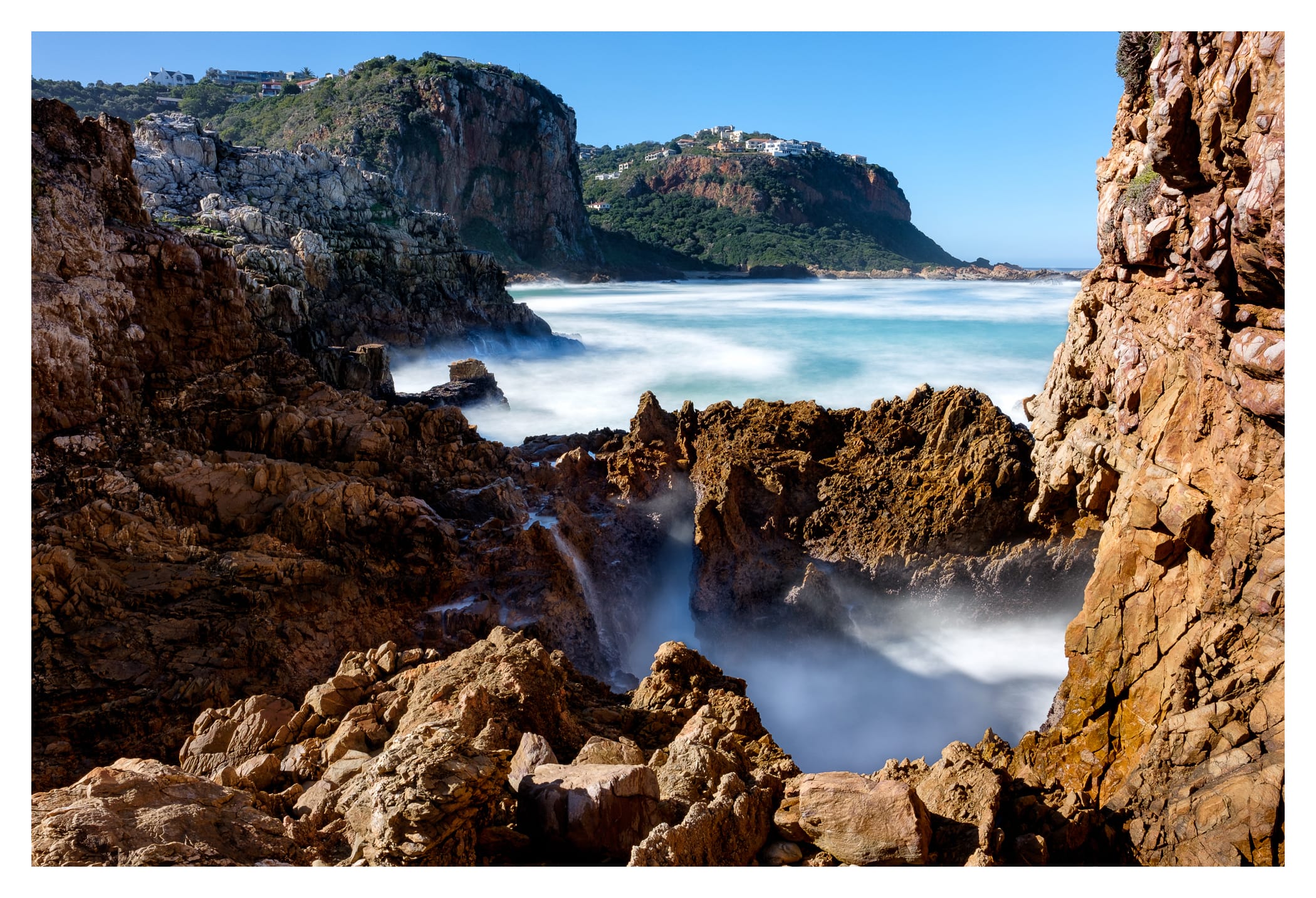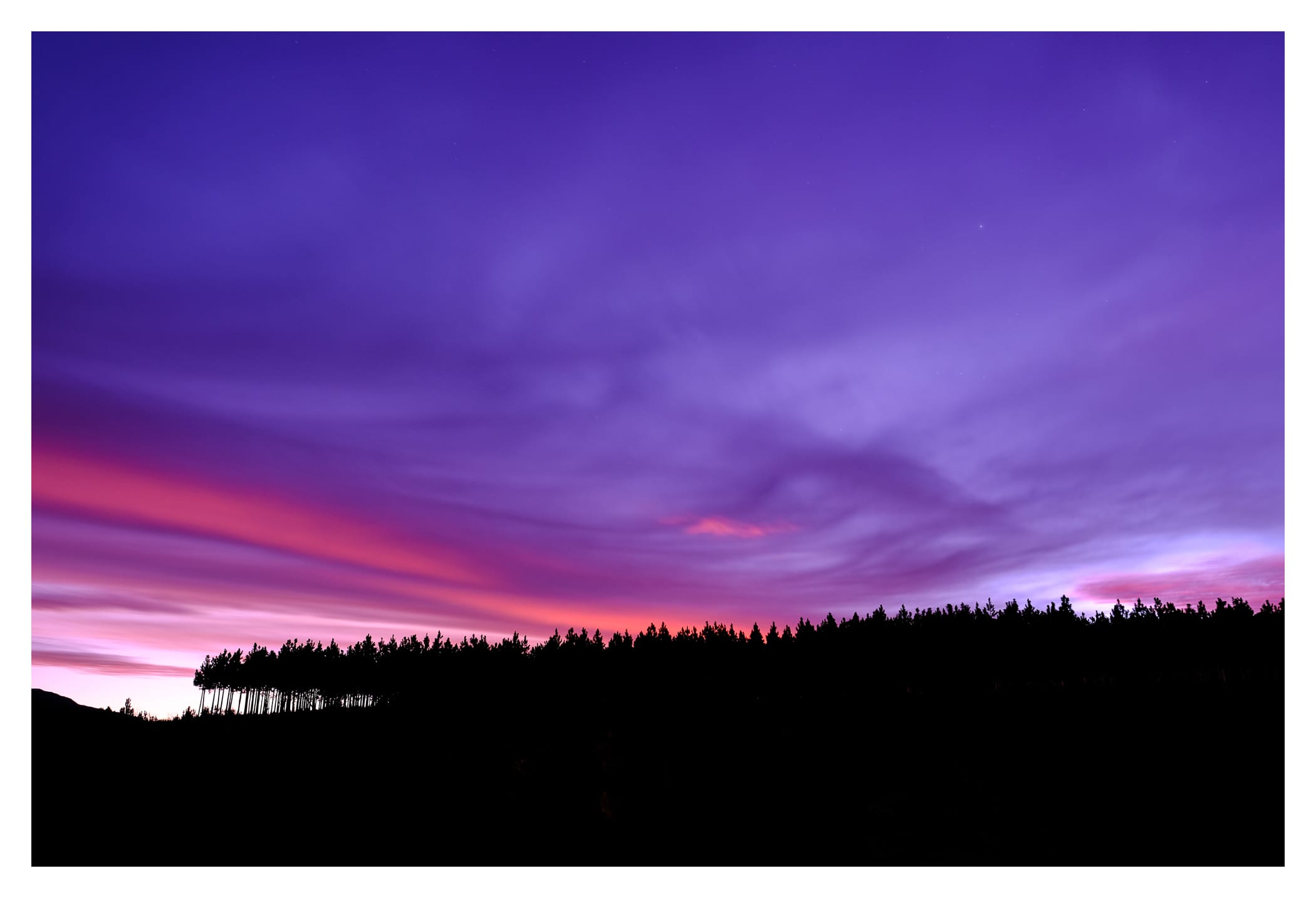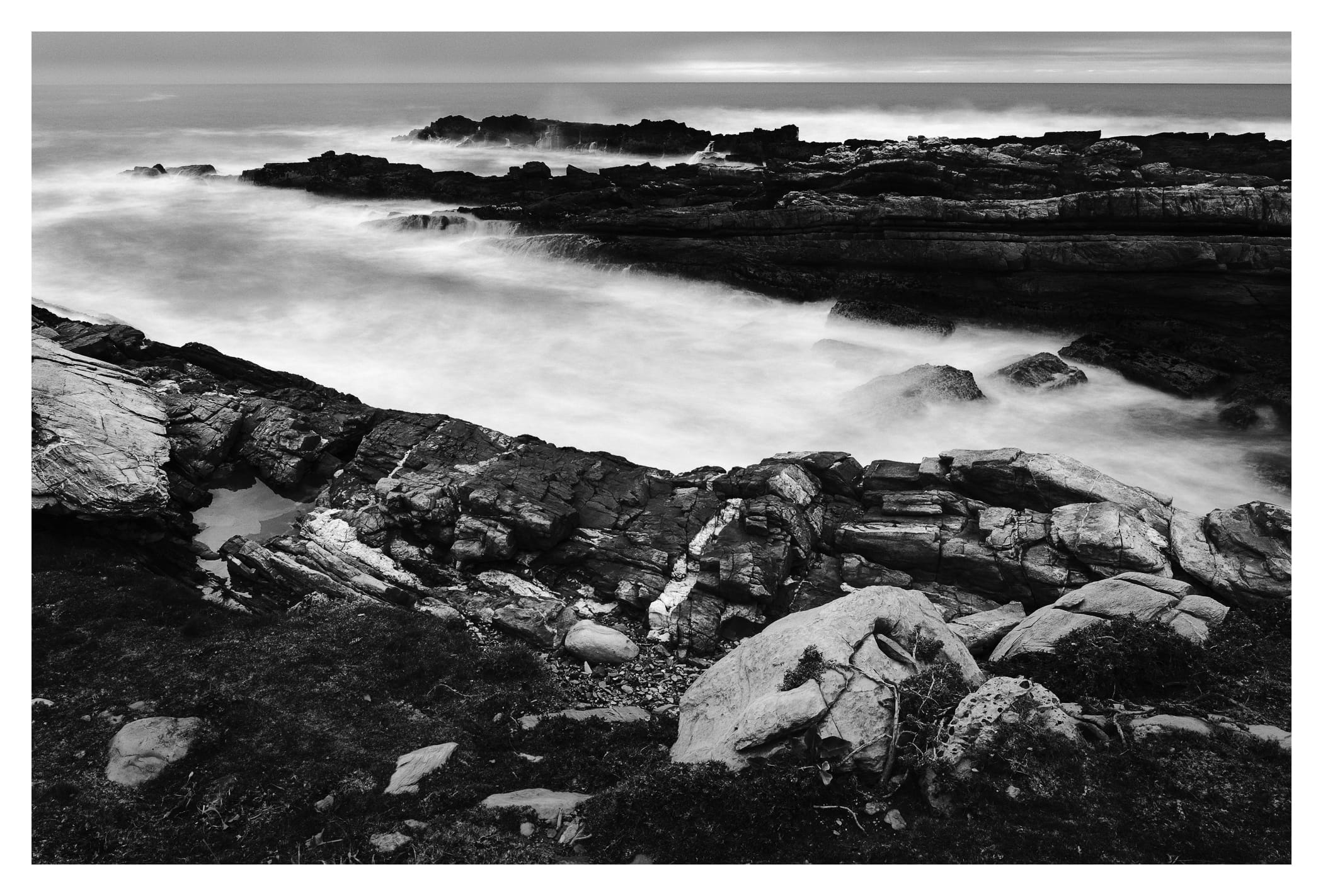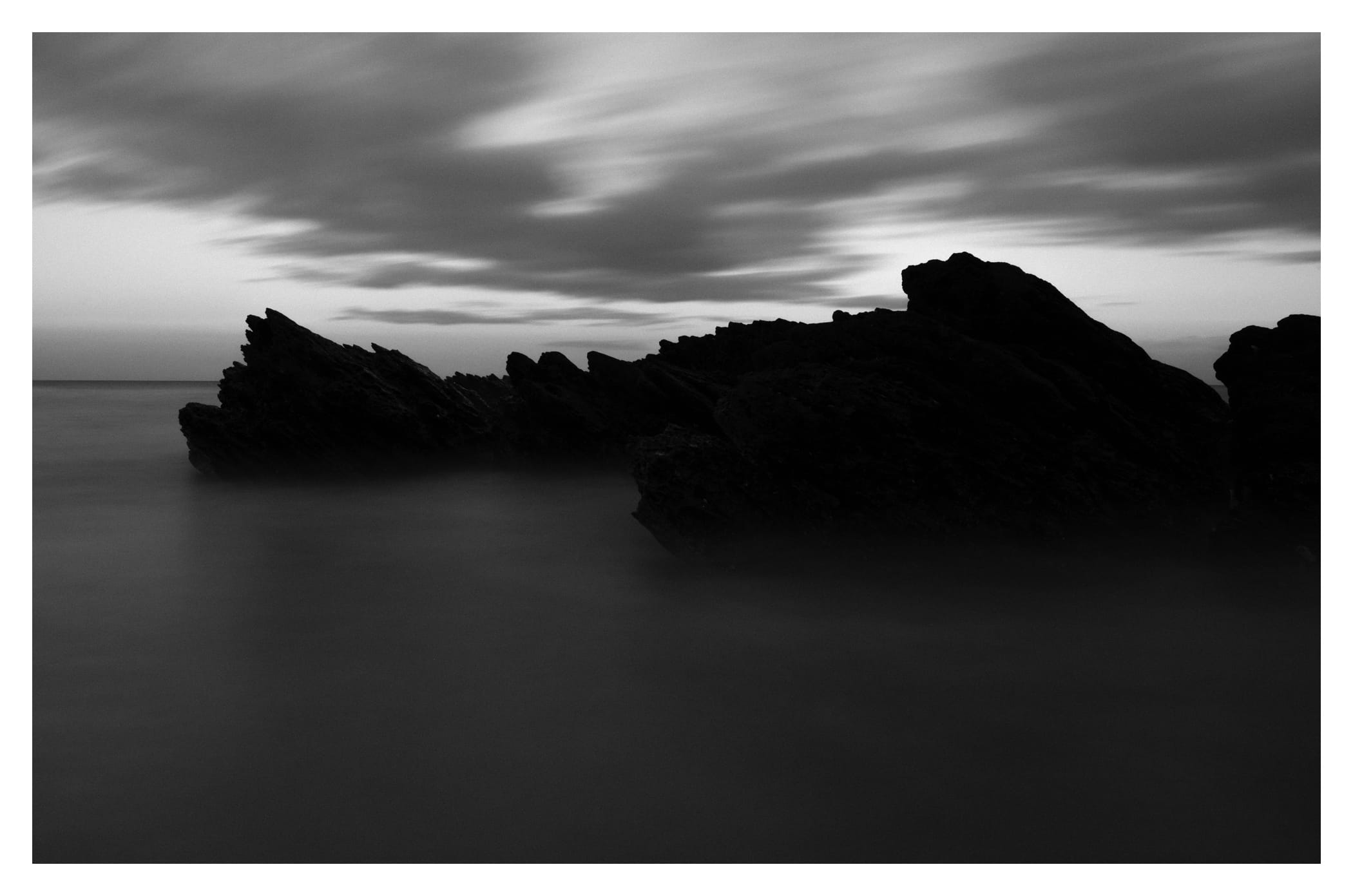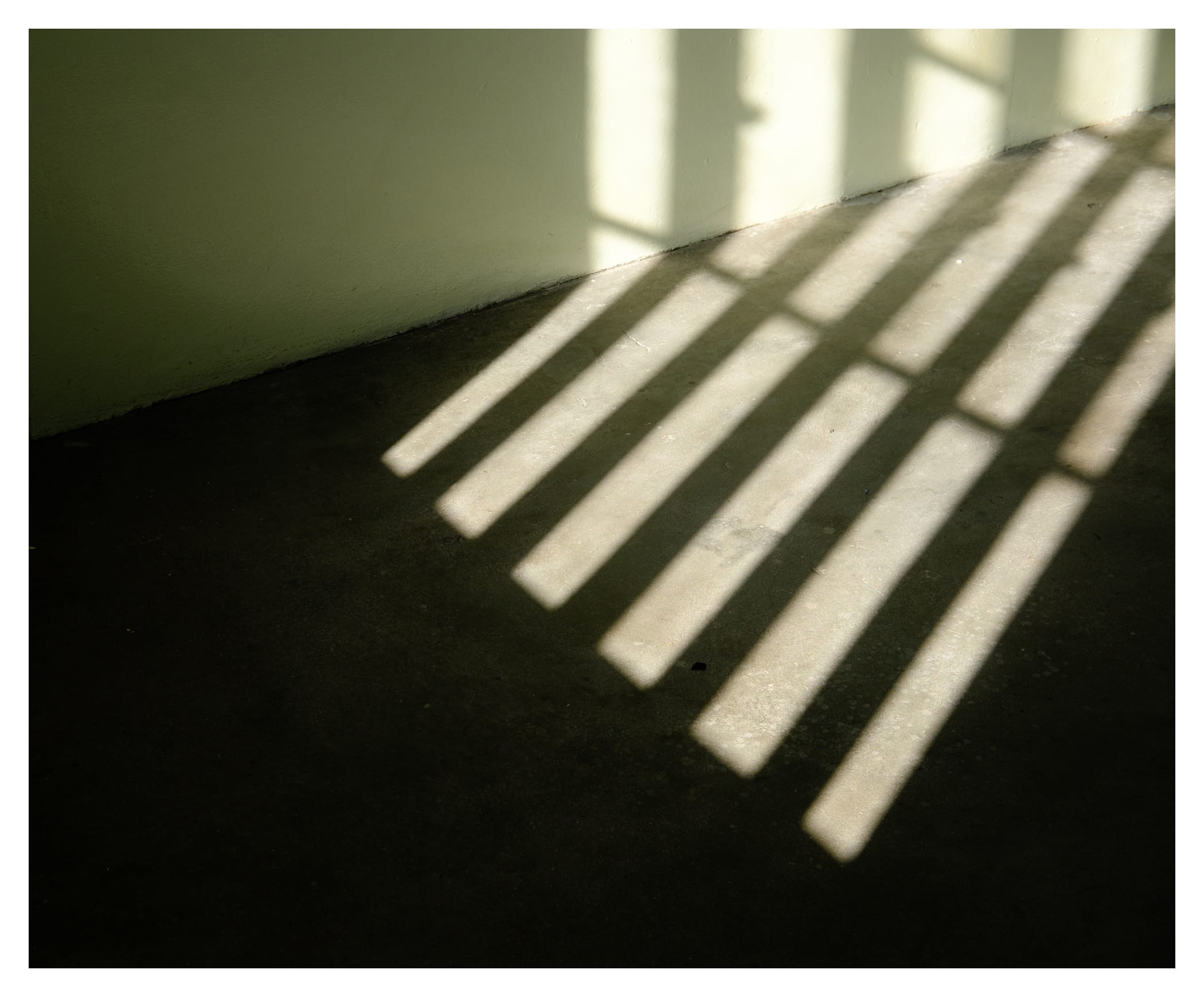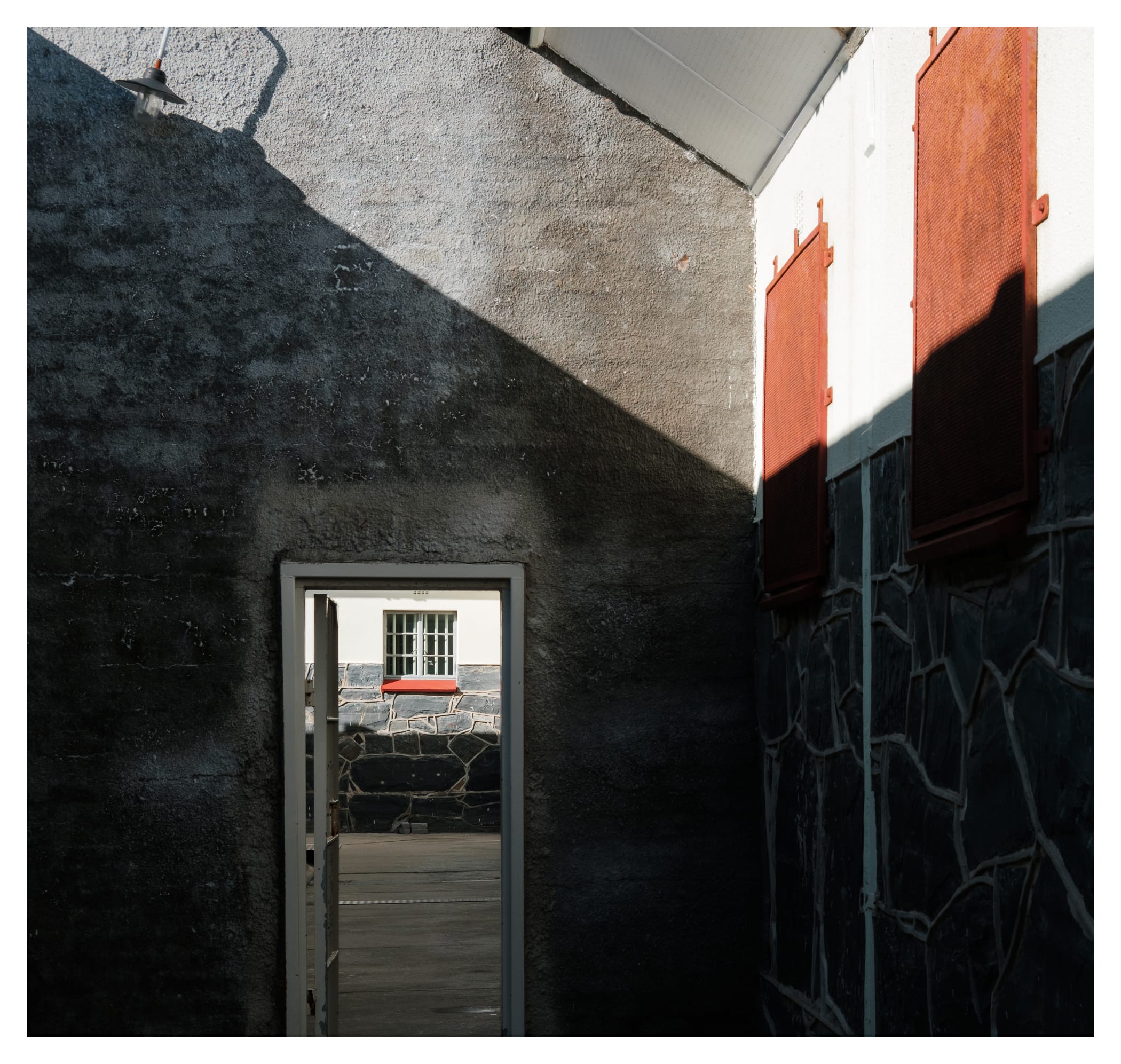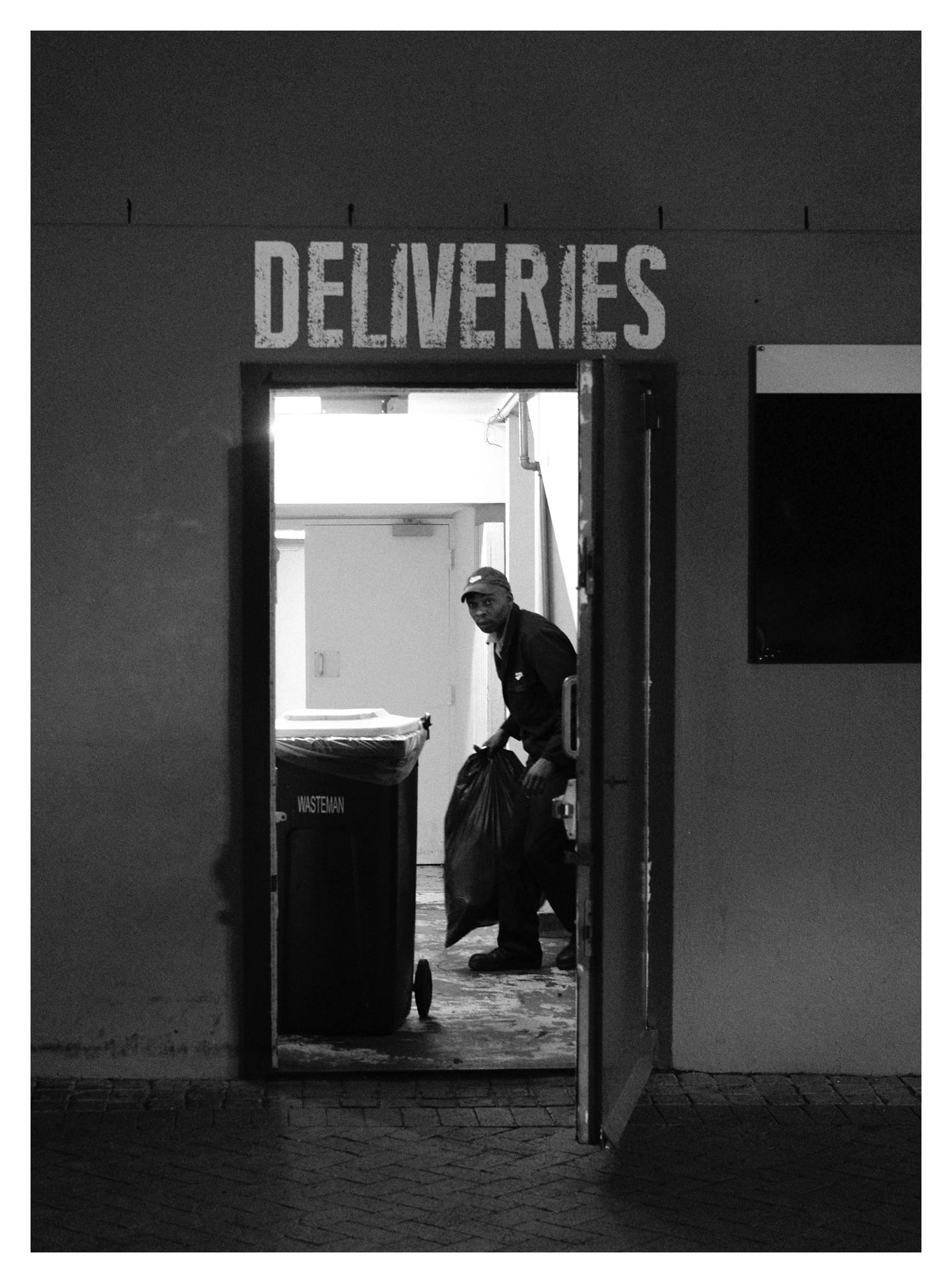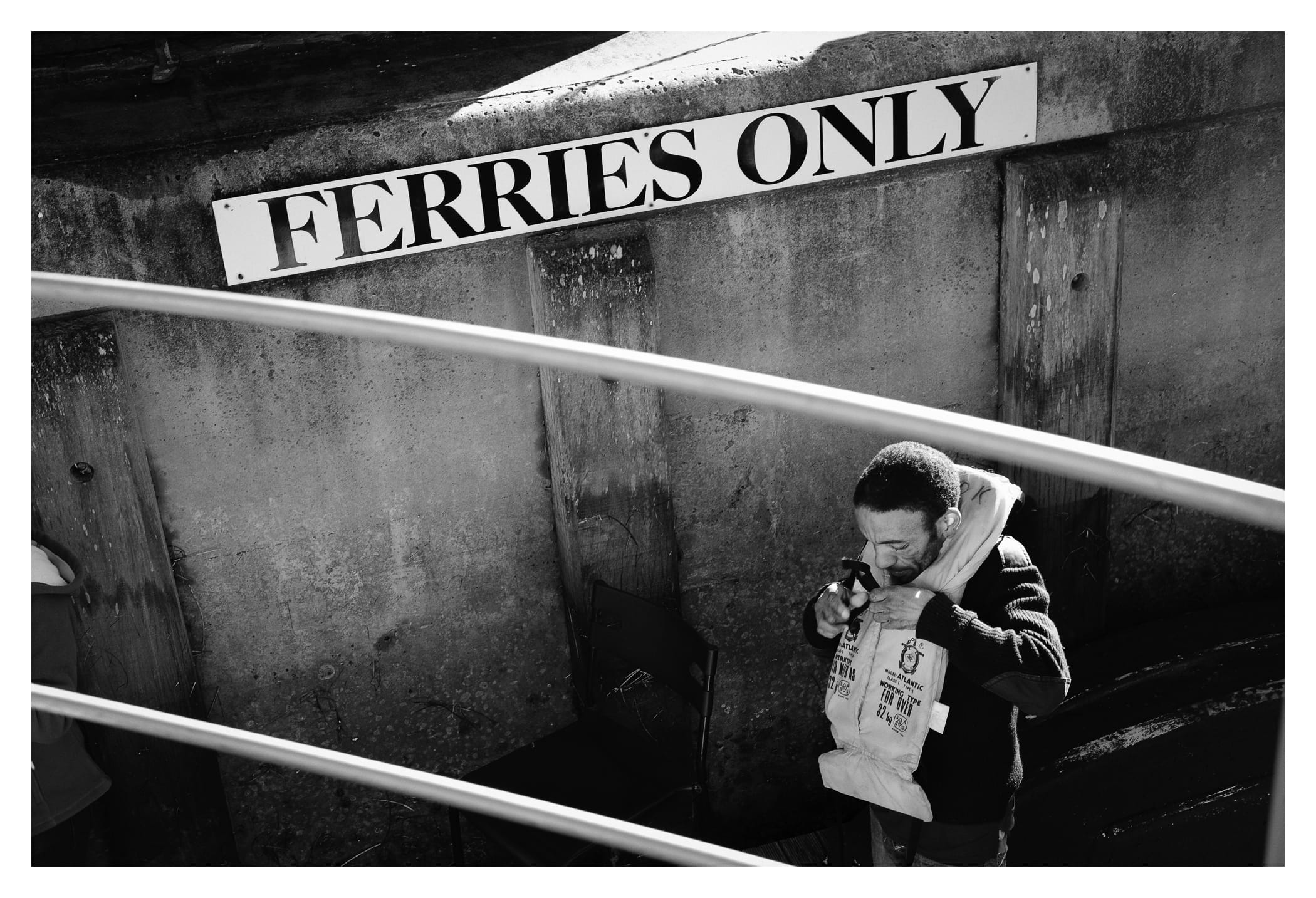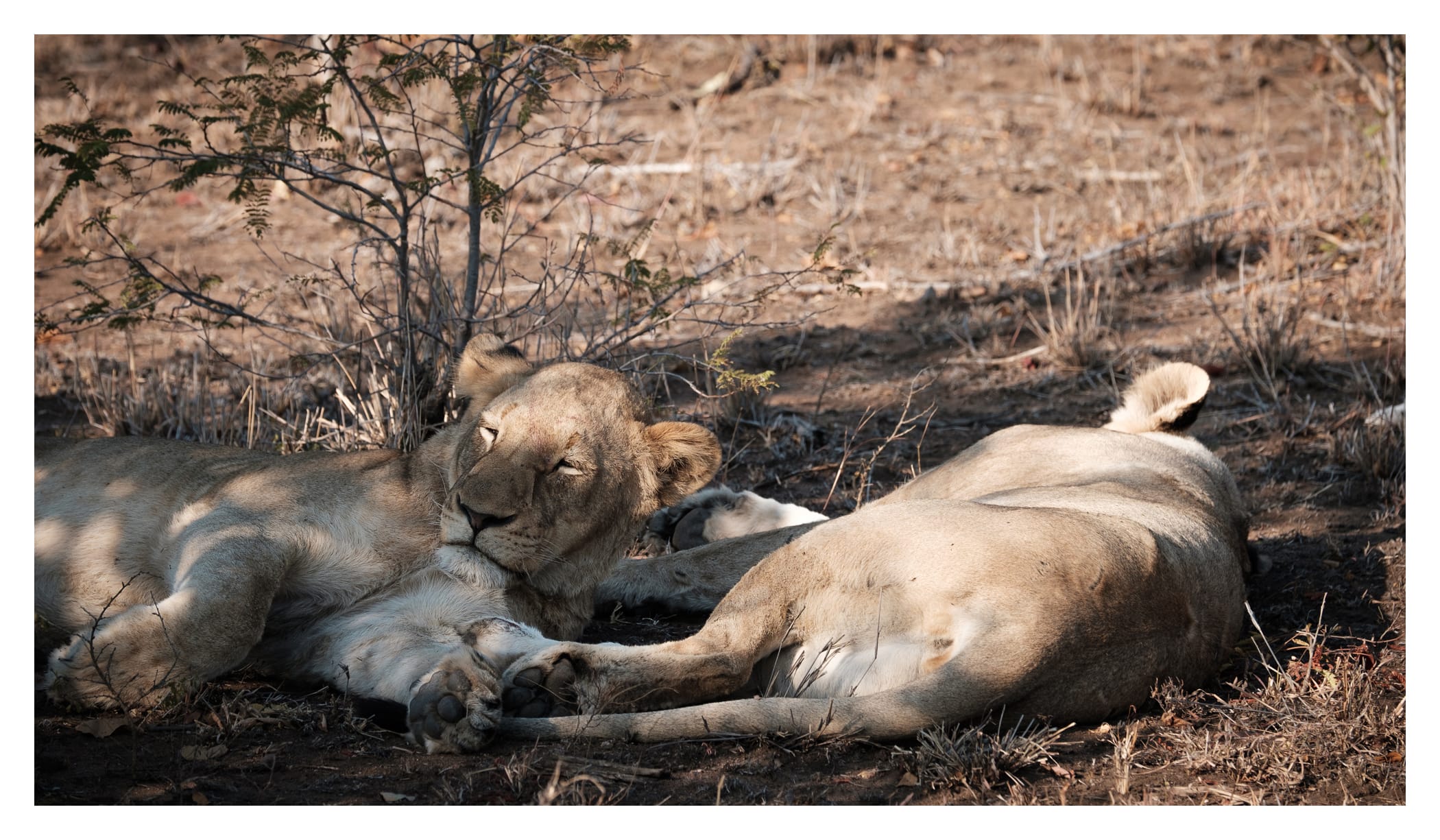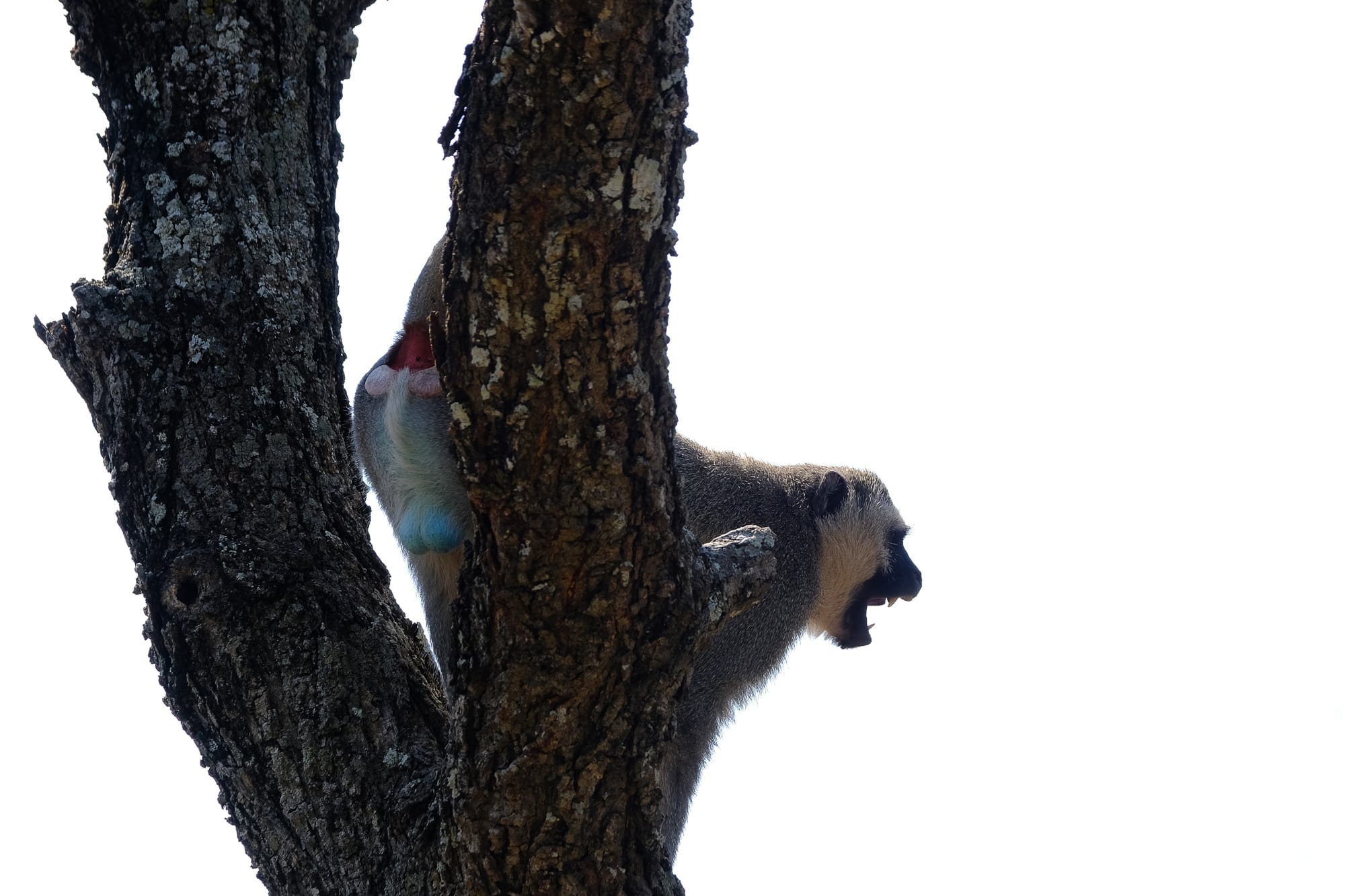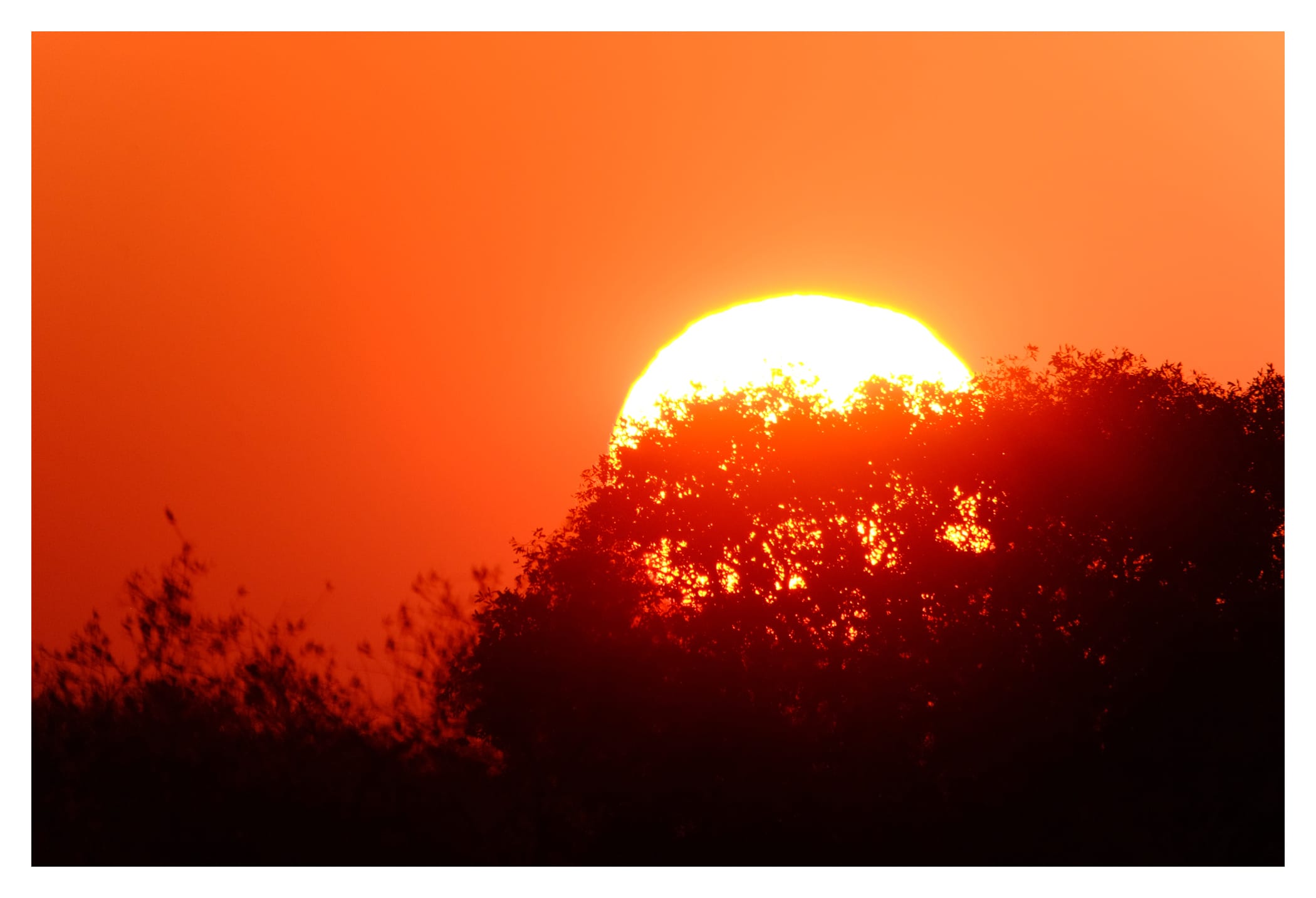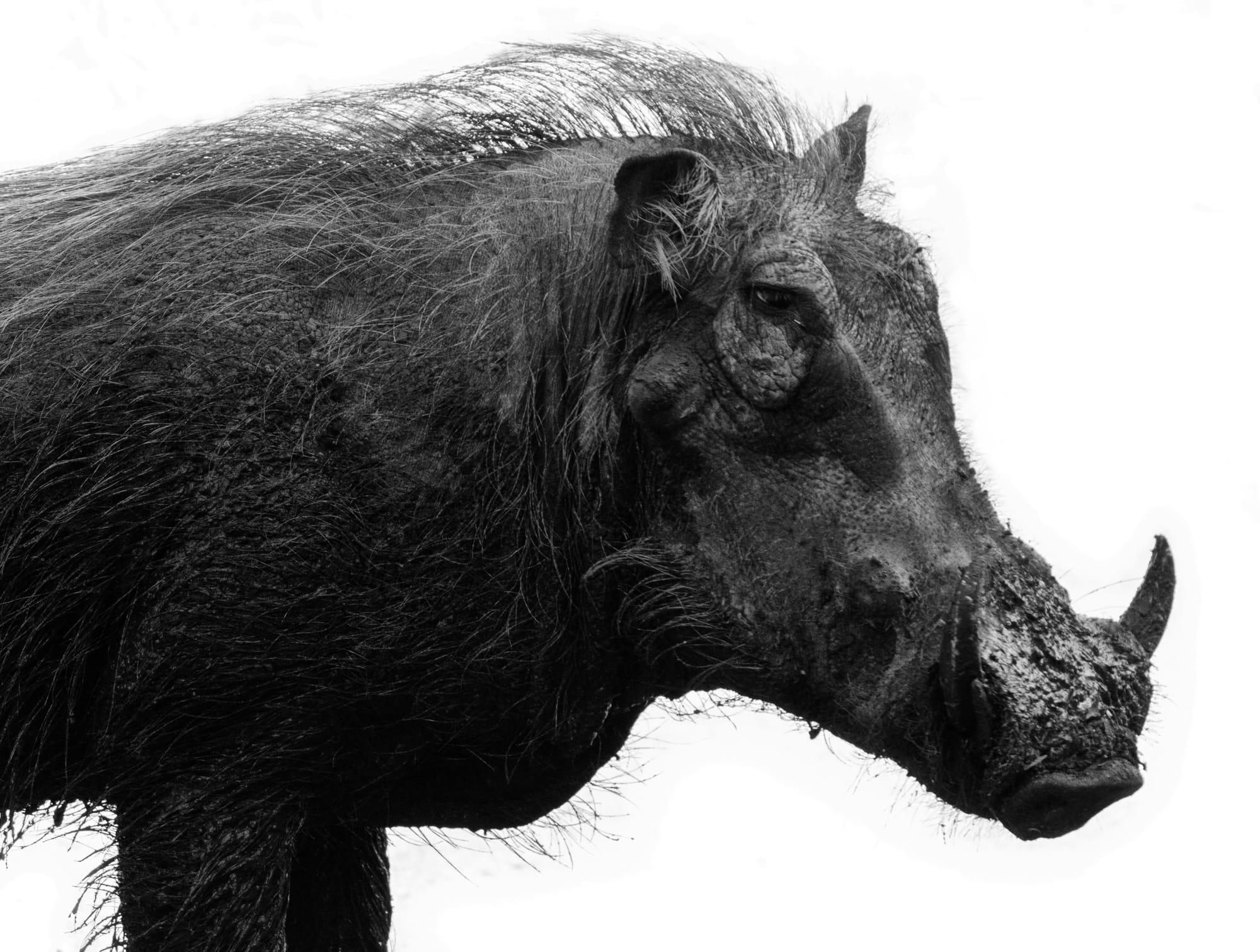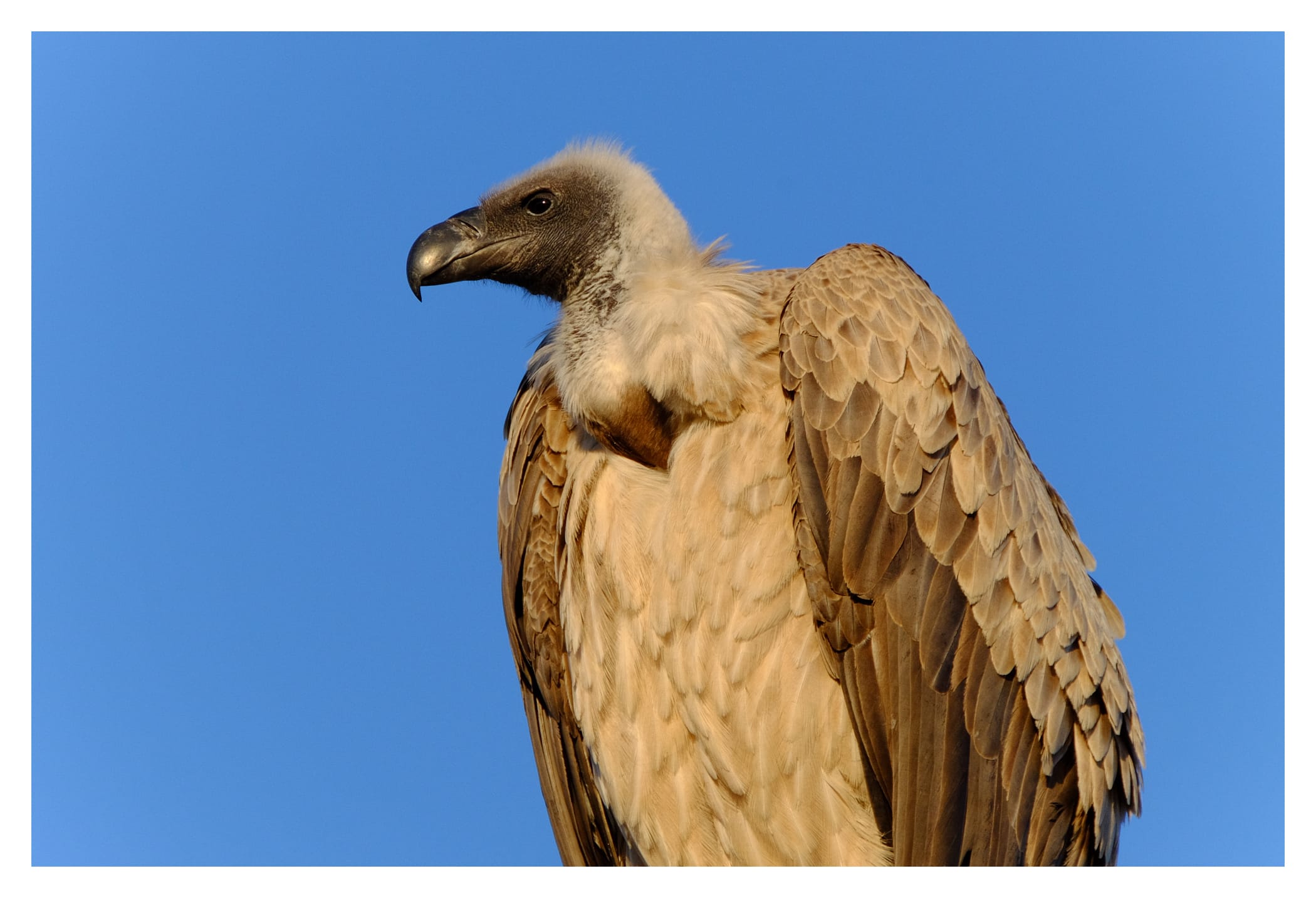It’s been an action-packed month in the land of Fujifilm. From new finishes to new formats, Fujifilm are on a tear we haven’t seen in some time. Let’s take these in order:
CES; Fujifilm in Graphite
Outside of another rugged point and shoot, Fujifilm’s CES showing has consisted of the announcement of a “Graphite Silver Edition” of the X-T2, and, for the first time in this form factor, a “Graphite Edition” of the X-Pro2. Note the missing “Silver” on the X-Pro2. I noticed a difference in the finish of these two models immediately, but it took me a while to realize the names were actually different.
I prefer the Graphite finish over Graphite Silver myself, but it is curious that yet another “colour” has been added to Fujifilm’s roster. We now also have lenses in 3 different finishes, black, non-graphite silver, and graphite. Graphite is seemingly exclusive to the XF 23mm F2 for now, and is only available as part of an X-Pro2 bundle.
Can we expect more lenses to become available in Graphite? The XF 35mm F2—my preferred lens to pair with the X-Pro2—seems like a prime candidate, along with the next announcement:
XF 50mm F2 WR
Rounding out a nice compact set of weather sealed primes at f/2, the XF 50mm F2 WR is a 200g 76mm equivalent that sadly doesn’t share the same 43mm filter size as the XF23mm F2 WR and XF35mm F2 WR. Strangely, or perhaps tellingly, this new prime is also not currently available in the darker Graphite finish.
X-T20
One of the quickest iterations, the X-T10 has been superseded by the X-T20, which sees improvements as large as the X-T1 saw with its successor, the X-T2. This isn’t the form factor for me, but man, talk about a feature-rich little camera.
X100F
Number Four. Everyone’s favourite fixed focal length photographic device finally gets the not-so “New AutoFocus System,” and ACROS. It also gets new teleconverters, presumably better optimized for the new sensor. As someone who owns both of the original teleconverters, this certainly isn’t my favourite part of Fuji’s announcements.
(Almost) All 24.3 MP X-Trans III/X-Processor Pro
Every currently available form-factor but one, the X-E2(S) is once again available in Fuji’s latest sensor and processor. Pretty soon our camera body buying decision will once again come down to body size and handling preference without compromising image quality. I loved it when every camera was X-Trans II. This is Fuji at their best.
Medium Format
I’ve been pretty quiet about the GFX 50S. Not for lack of excitement, more for trying to figure out if this new format is something I’m going to be able to get my hands on and add as part of the content of this site. At $6,499 for just the body, I suspect it will be out of reach for many, if not most of my readers, but I sure would like one.
The Big Event
Yours truly has been invited to a Fujifilm Canada Media Event late tomorrow afternoon that I plan to attend with the opportunity to do some interviews and ask questions. If you have any burning questions of your own, feel free to pass them along and I’ll do my best to get them answered.





